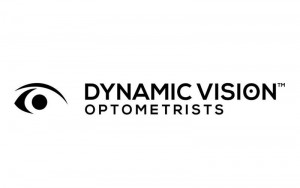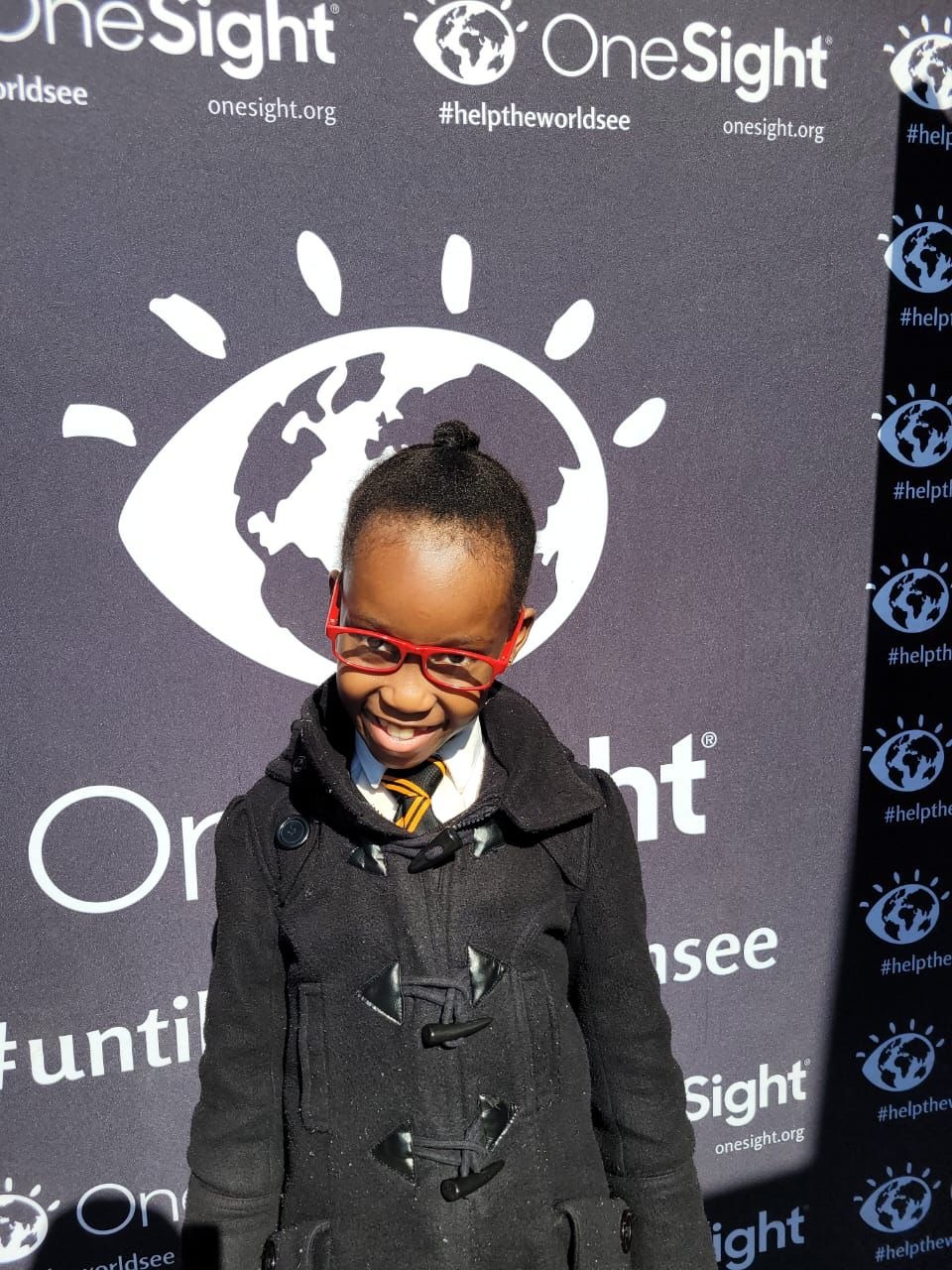Young adults are spending more time in front of computer and tablet screens, and it is impacting their vision. Overexposure to screens has implications for eyes and can affect a person’s overall wellbeing. Red, tired and irritated eyes, blurred vision, headaches and general fatigue are just some of the unwanted and unpleasant symptoms that people experience, yet they are often not linked to the use of computers.
“Students and young adults starting out in their careers are spending more hours in front of computer screens than they did before. So much of what they do as part of their studies as well as their jobs are done on a computer, from assignments and research by students, to emails and admin for the average office worker.
When reading, both your eyes have to converge and accommodate to focus in order to see properly. In other words your eyes require muscle contraction. People have a tendency to hold cell phones and tablets closer to their eyes than when reading a book which causes eye-muscles to work much harder and therefor causes eye strain.
“The impact on eyes is now well documented, so much so that it has a name, Computer Vision Syndrome. It is a condition that results from too much time spent focusing on a computer screen and other devices such as tablets and smartphones. The eye muscles become strained and are unable to recover from this. Symptoms include headaches; red, tired eyes; dizziness; blurred vision and difficulty refocusing the eyes. However, with modern lens technology, these symptoms can be mitigated,” says Ruahan Naude, a specialist in the optometry industry for over 28 years and the Chief Executive Officer and founder of Dynamic Vision South Africa.
He explains that accommodative support lenses or booster lenses in combination with blue light coatings reduce computer eye strain and its associated symptoms, and can even aid productivity. Accommodative support lenses are innovative lenses that have been designed to support the wearer throughout the challenges of the digital age by ensuring relaxed vision when looking closely at screens for long periods of time to assist smooth switching between focal lengths.
“When you have been focusing on a screen close up for a long time while you are studying or working, it is common to experience some delay in being able to focus on something further away. Your vision can also be blurred. With accommodative support lenses, you will experience the ‘wow’ effect especially when you start reading or later in the day because these lenses have integrated areas for near and intermediate distances. These lenses reduce eye fatigue that you would normally experience with conventional single-vision lenses and you will find that you will be able to switch focus between things near and far more readily.
“Accommodative support lenses, which are ‘energy’ for your eyes, are a must for students and young adults who spend vast amounts of time looking at screens. You will find that not only will your eyes feel less fatigued, but in general, you will feel less tired,” says Naude.
He goes on to explain that digital devices and modern lightings, such as LED lights and compact fluorescent lamps (CFLs), emit a high level of blue light which is also harmful to eyes. While UV light affects the front of the eye and forms cataracts, blue light causes damage to the back of the eye and increases the risk of age-related macular degeneration (AMD) and permanent vision loss.
“Wearing blue light-attenuating lenses can protect eyes from potentially harmful blue light rays. But be careful about what you buy as not all blue light blocking lenses are created equal. Speak to your optometrist before spending money on blue light control glasses. Ideally, you want the benefits of accommodative support and blue light control,” he recommends.
SEIKO SuperResistantBlue lens coating was engineered precisely to protect against blue light. The coating can be added to lenses to reflect and reduce the harmful effects of blue light. Glare caused by the dispersal of indirect light (the state in which it looks like there is a white mist) is reduced and the wearer’s sense of clear vision is improved.
Naude concludes saying that young adults must be aware of the signs and symptoms of computer eye strain and seek the advice of an optometrist before their eyes become damaged.
Signs to look out for include:
- Headaches towards the front of the head and around the eyes.
- Sore and tired eyes.
- Body fatigue, feeling tired and wanting to close your eyes.
- Vision fluctuation, which occurs when the muscles in the eyes become so used to focusing on a digital device that they can’t relax when they look at something else.
- Sensitivity to light.
- Poor night vision, which results from eye muscles being overstressed from constantly trying to focus on light sources and digital device.
- Dry, red eyes.
- Itchy eyes that you need to rub frequently.
- Reduced concentration. As most of the symptoms of digital eye strain are uncomfortable, it causes a distraction.

Issued on behalf of Dynamic Vision by Echo Square PR. For more information please call Vickie Slabbert on 082 411 7602 or e-mail vickie@echosquare.co.za
For more information on eye care, please visit the Dynamic Vision website, http://dynamicvisionsa.co.za









